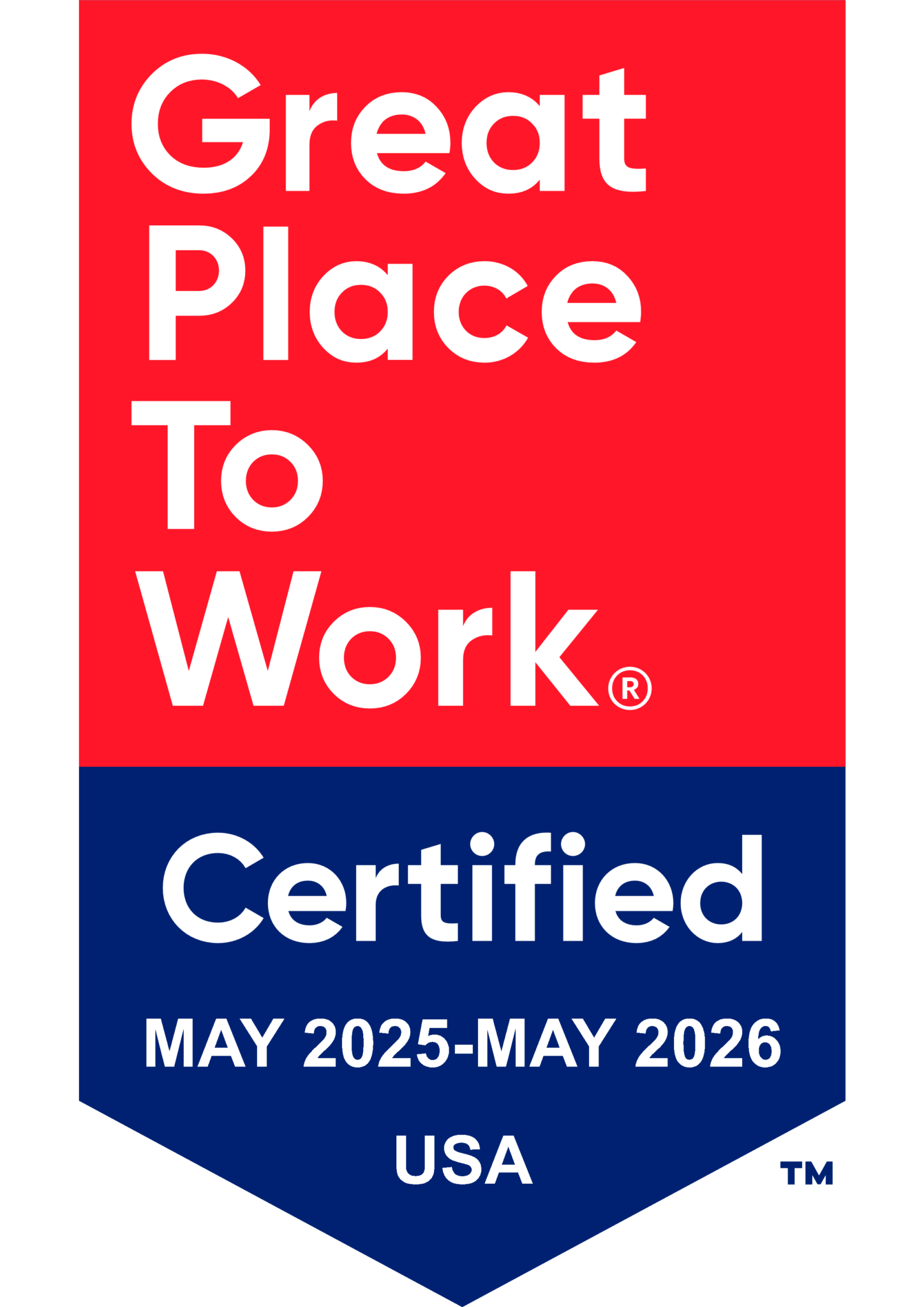For many, the dream of becoming a physician starts at an early age. However, turning the dream into a reality is a complicated process. Applying to U.S. medical schools can be a complex and overwhelming process. Excellent undergraduate qualifications and high MCAT scores are a must for acceptance into U.S. medical schools, however, only about 43% of all applicants are actually accepted to US Medical Schools. As a result, applicants turn toward international schools of medicine in order to continue to pursue their dream.
While the curriculum of these schools is usually comparable to U.S. medical schools, stigmas and bias act against international and foreign graduates as they attempt to re-enter the U.S. healthcare system for residency. The rotations and electives international and foreign graduates complete during their studies are usually not graded nor are they approved programs by U.S. organizations. As a result, these graduates must put in extra effort and time to gain experience that is deemed acceptable by the U.S. healthcare system.
In order to mitigate this duplication of efforts, it is important to advocate for an expansion and wider availability of residency programs in the U.S. so that international and foreign graduates can contribute their skills to treating U.S. patients and begin to relieve the doctor shortage. Ultimately, the issue boils down to the high selectivity of U.S. medical schools and limited spots in each class, so expanding these opportunities as well will help fight the doctor shortage and bias against international and foreign medical graduates.
Are You Next?™



